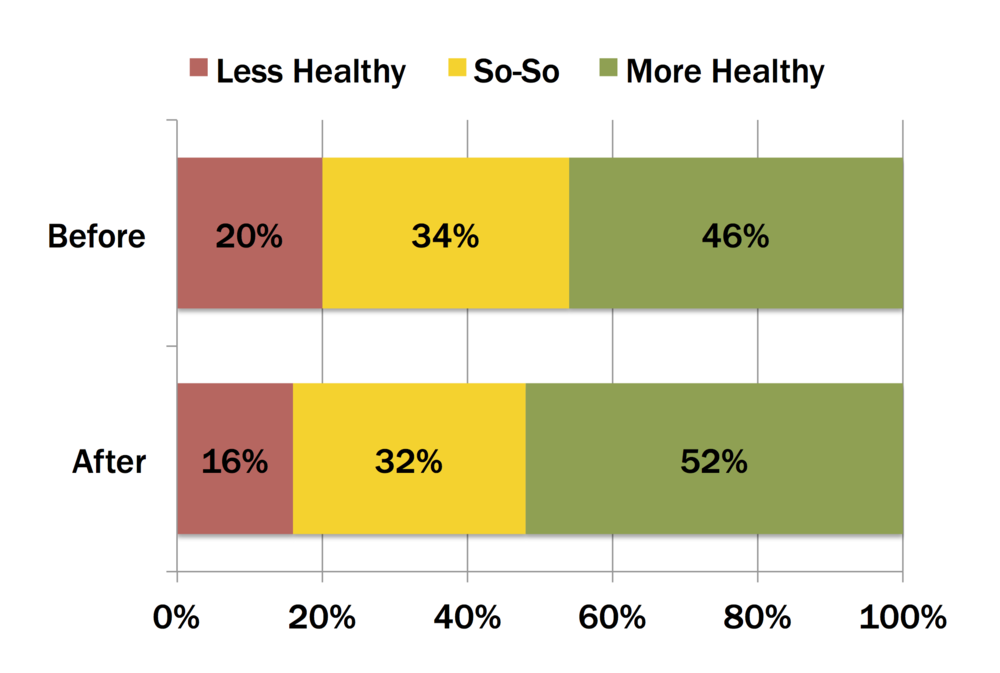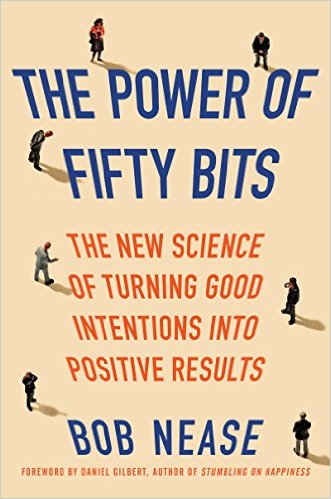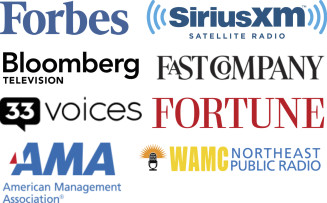It turns out it doesn’t take much to nudge eaters in the right direction when it comes to their food choices. And according to a new study from Harvard, those effects last as long as two years.
Researchers fiddled with labels and how foods were displayed at the Massachusetts General Hospital cafeteria. By comparing purchases in the three months before those changes and the 24 months after, they were able to detect a statistically significant shift in consumer puchases.
Importantly, the results seem to hold up for a long time, and the change wasn’t trivial: red foods dropped from 20% of all cafeteria purchases to 16%; green foods rose from 46% to 52%.

How did they do it? First, every item received either a red, yellow or green code (i.e., traffic-light labeling). The code was based on nutritional value, fat and caloric content). Second, they moved the more helthy food choices to eye level, making them easier to see.
Why did it work? The Harvard researchers pulled two “fifty bits” levers: reframing the choice, and getting in the flow of consumers attention. The color coding leverages a frame that has a lot of existing equity – that of a stop light. And by moving the desired foods to eye level, they got in the flow of consumers’ fifty bits.
Most consumers have good intentions. Great design understands that, and works to activate those good intentions.


